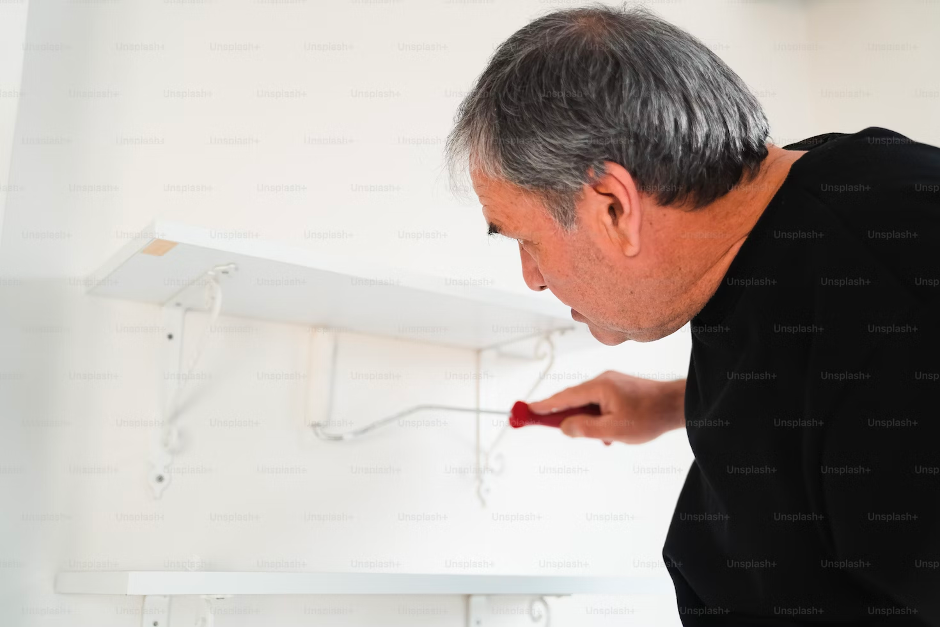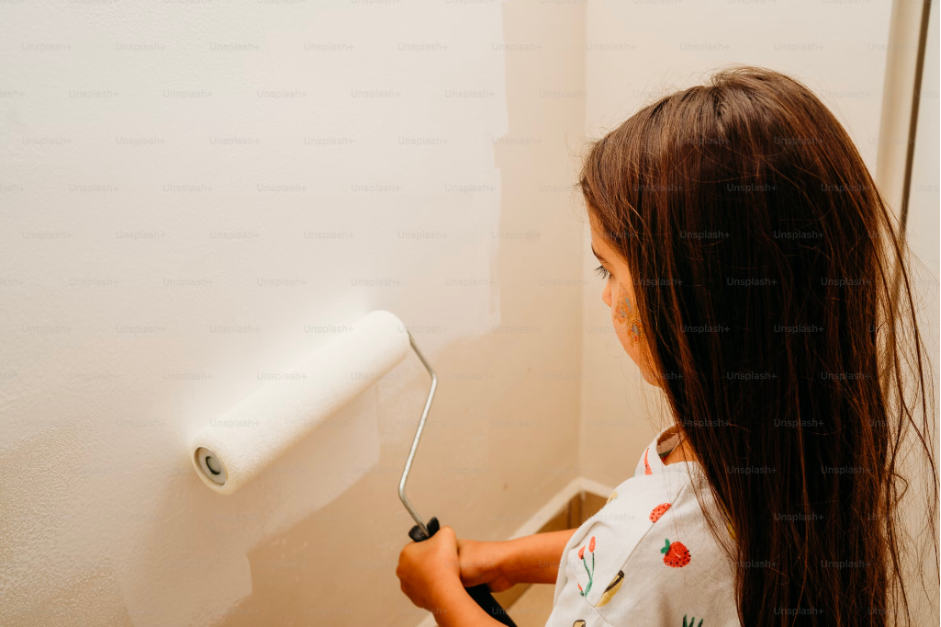Painting seems simple, but many hidden defects can appear. This guide dives into the top issues like sagging, fading, and more so you know what to watch for.
What Are Common Defects in Painting?
Painting is one of the final steps in construction, but minor flaws can quickly accumulate into major headaches. Peeling, uneven coats, drips – small defects may seem harmless at first. Unfortunately, they can multiply across an entire building and require expensive redos.
Don’t let tiny problems balloon into costly downtime and corrections. This guide will walk through the top painting mishaps and why they happen.
Common Defects in Painting
Cracking or Flaking

These defects look like narrow cracks or peeled segments appearing on the painted surface. Causes often include the use of low-quality paint, the application of an overly thick paint layer, or painting in excessively hot or cold temperatures.
Flashing
Flashing is a defect where the paint finish exhibits uneven gloss levels, causing certain areas to appear shinier or duller than others.
This can occur when different types of paint are used on the same surface or when the surface hasn’t been properly prepared before painting. It can also happen if the paint hasn’t been mixed thoroughly before application.
Fading
Fading is another painting defect often seen in the construction industry. It’s characterized by a noticeable lightening in the color of the painted surface over time.
This typically happens due to extended exposure to harsh weather conditions, especially sunlight, which can bleach the paint. Additionally, using lower-quality paints can also lead to quicker and more pronounced fading.

Sagging
Paint sagging, also known as ‘runs,’ presents as downward droplets or streaks in the paint. This defect typically results from applying too much paint or using paint that’s overly thinned. In construction work, painting on a highly glossy or sleek surface can also lead to sagging.
Grinning
Grinning refers to the defect where the underlying surface becomes visible through the paint, giving the impression that it’s ‘grinning’ through.
This happens when the paint layer is too thin or transparent, allowing the underneath layer or primer to show through. Grinning is a common issue when insufficient paint has been applied or when the paint has been overly thinned.
Blooming
Blooming refers to a milky or cloudy appearance on the painted surface. This defect is often caused by conditions of high humidity or low temperature during the paint’s drying process, which can interfere with the paint’s coalescence or consolidation, causing the finish to appear ‘bloomed’ or hazy.
Running
Running is a defect that causes paint to drip or run downwards after application. It’s often the result of applying too much paint, not properly evening out the paint, or using a paint that’s overly thinned or diluted. This defect disrupts the uniformity of the paint surface, leading to an unsightly finish.

Wrinkling
Wrinkling is a defect that causes the paint surface to have a wrinkled appearance. It usually happens when the paint surface dries unevenly.
The top layer of the paint can dry too quickly, forming a ‘skin,’ while the layers underneath are still wet, causing wrinkles as they dry and shrink.
Summary
Defects in construction painting are common but also very preventable with knowledge, preparation, and technique. Don’t allow your hard work to be diminished by issues like peeling, dripping, or uneven coats.
Be proactive to nip any problems in the bud. If your team needs more training to consistently produce flawless, professional painting results, our BCA-approved construction painting course can help. Reach out today to enroll your workers and give them skills for success.







